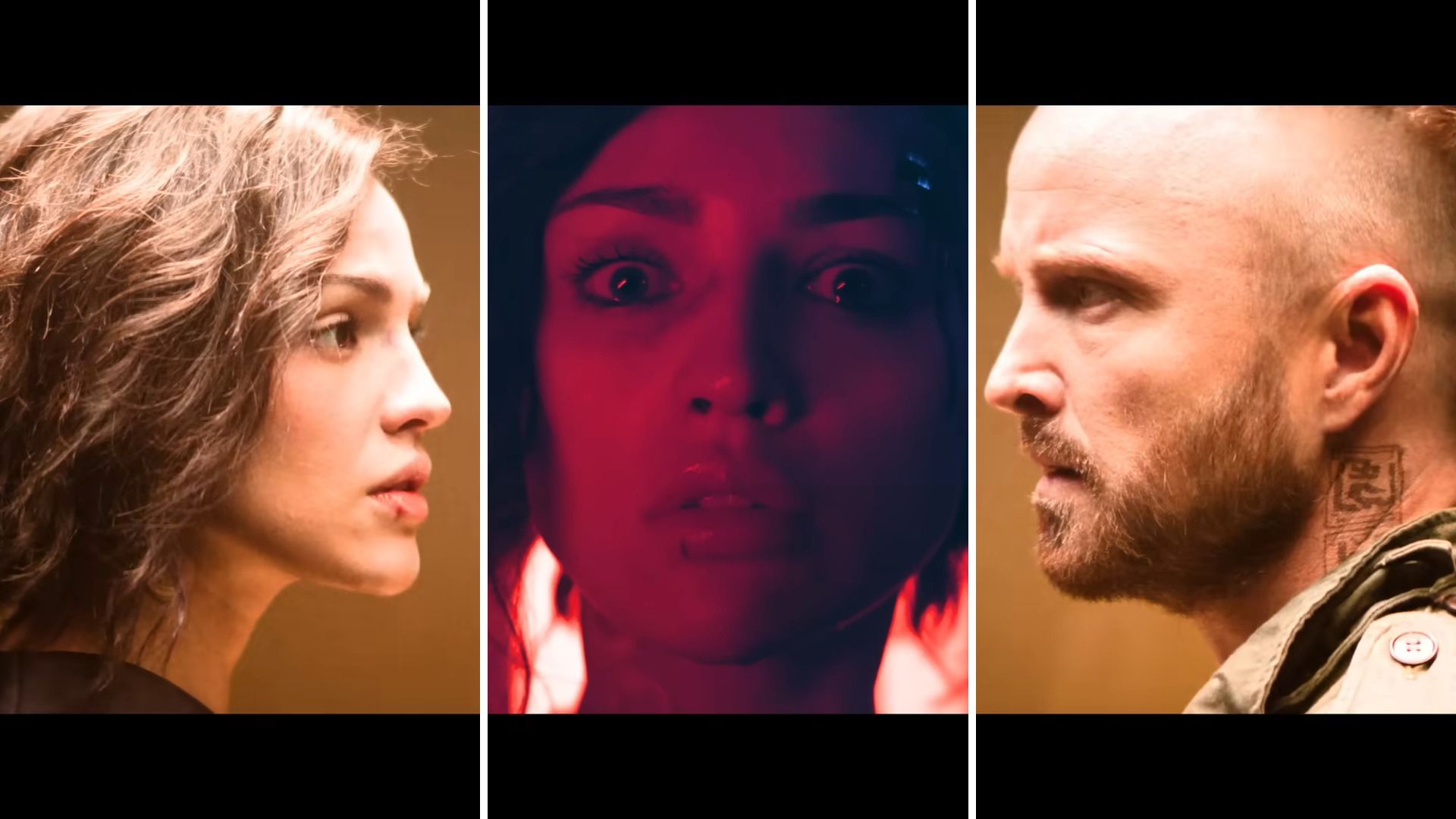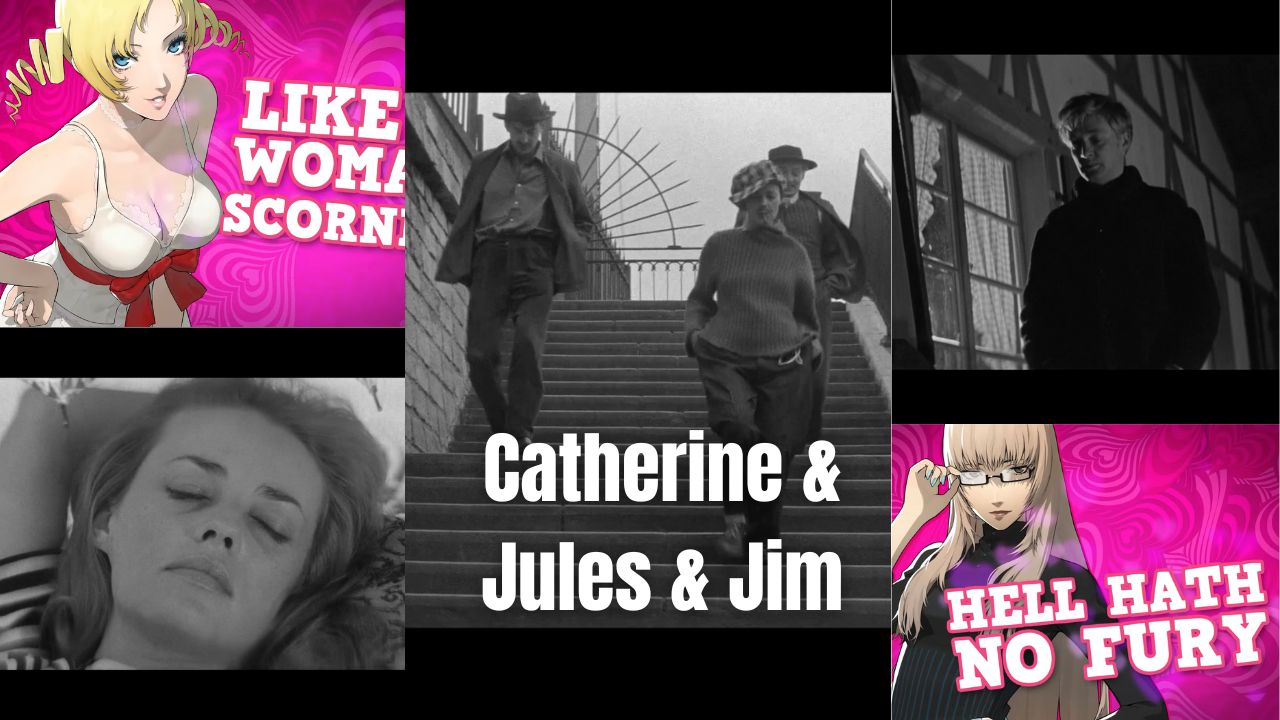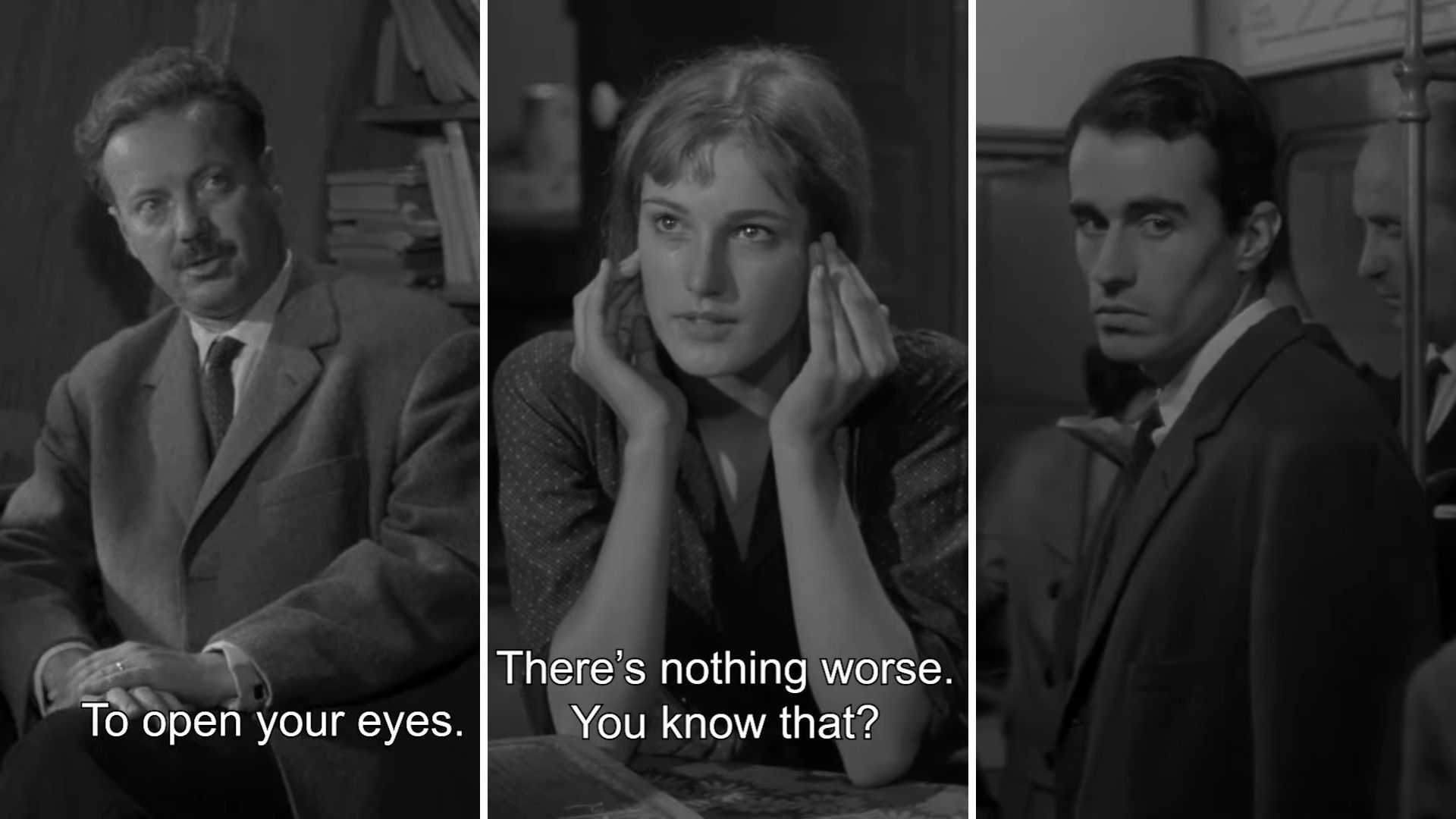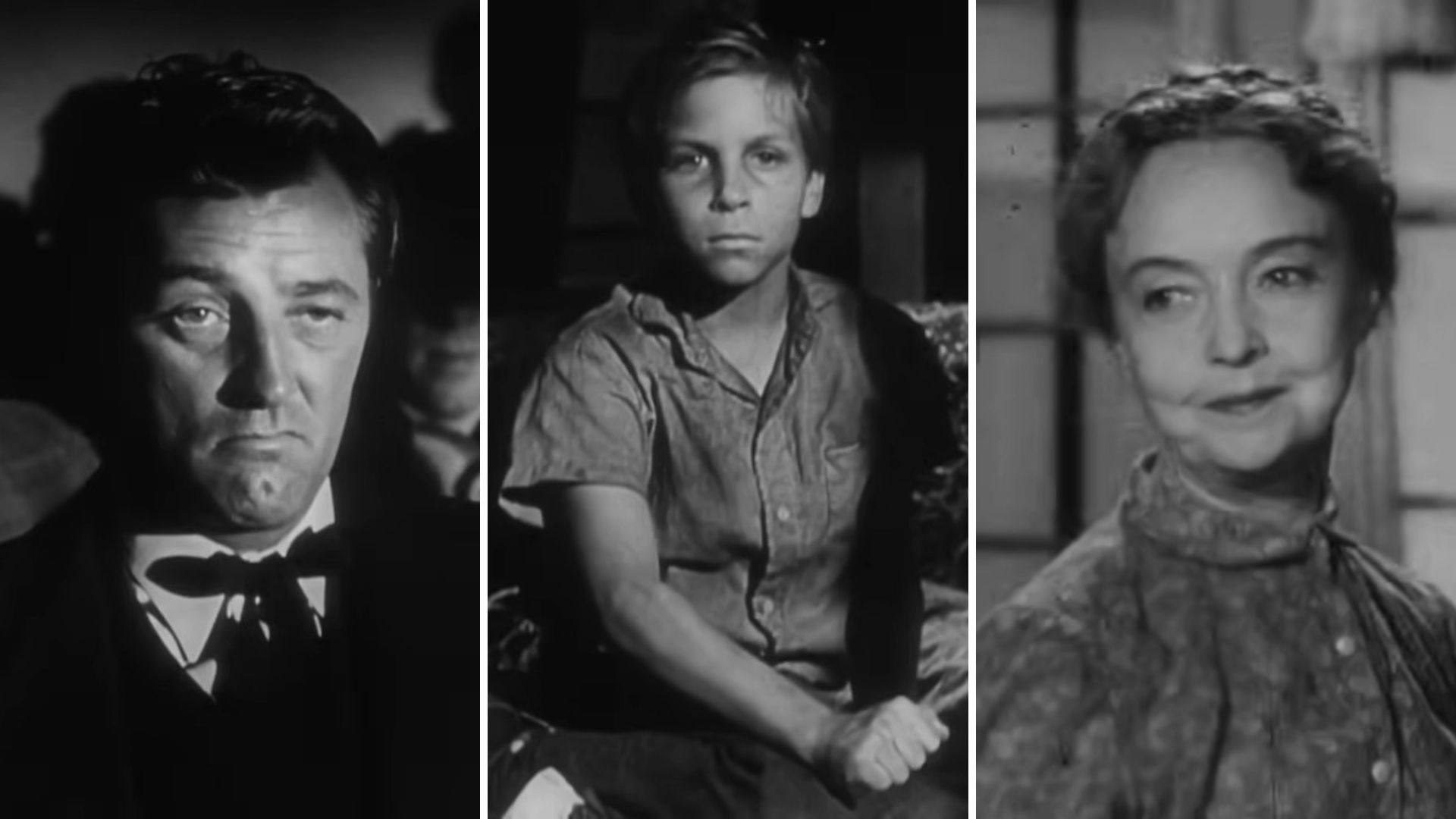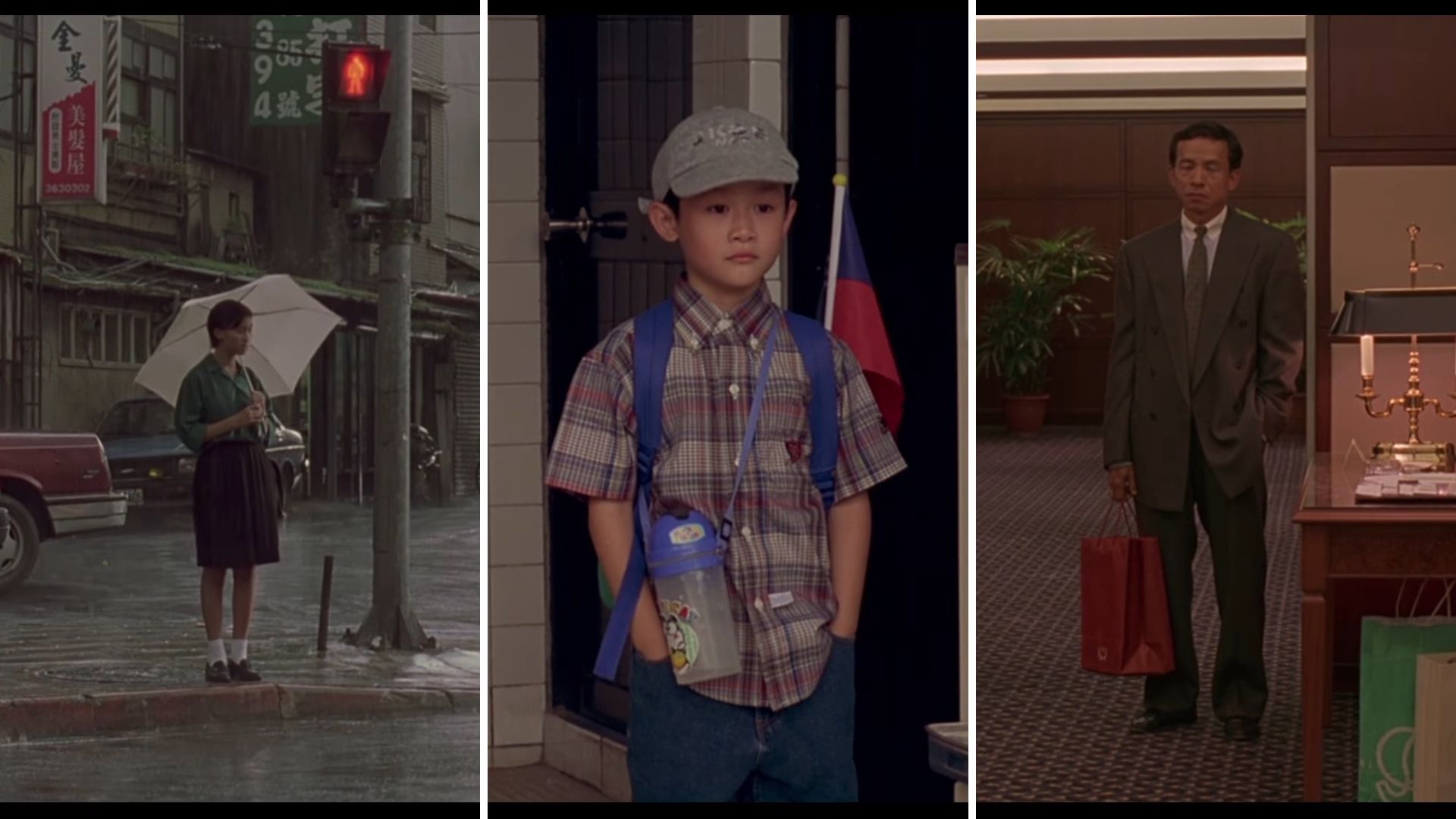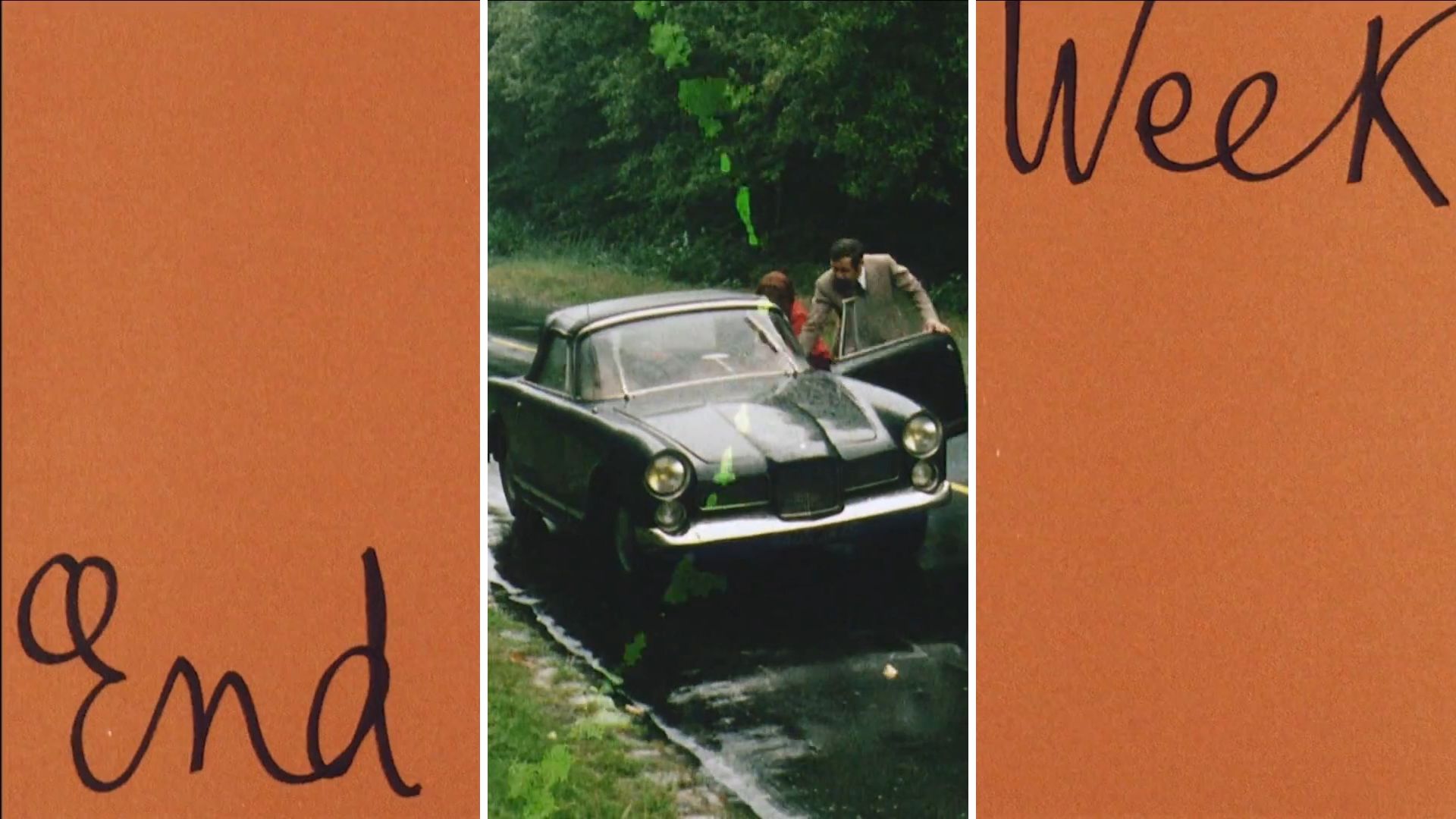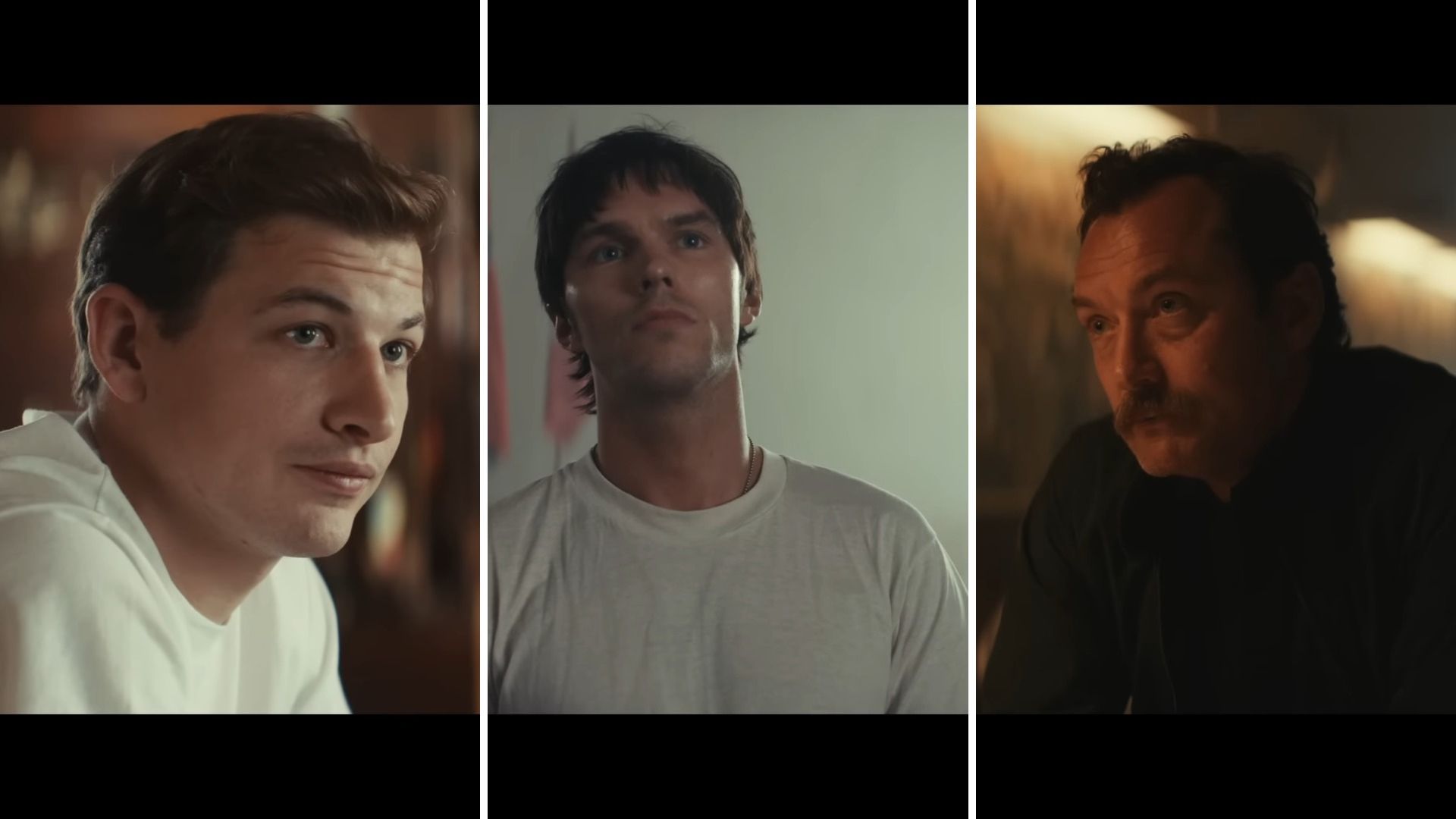
The Order follows the true story of the white supremacist group The Order and the FBI agents who brought them down. Justin Kurzel’s new film takes inspiration from blockbuster cat-and-mouse thrillers like Heat and Jackie Brown but is never able to quite live up to the spectacle of its peers.
The Order is a technically well-made movie, but a slow first act and strange character choices keep the film from being truly great. Crime thrillers are a tough genre to crack and Kurzel shows he has some skill in the medium. However, the true nature of the story and one-dimensional characters stop The Order from being a modern classic.
One Dimensional Characters
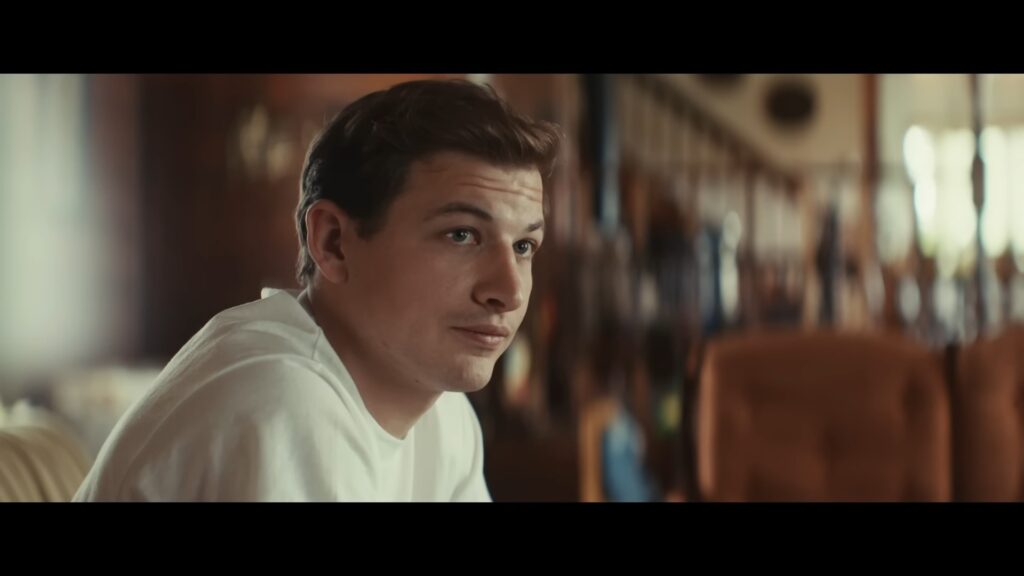
The Order tells the true story of radical terrorist Bob Matthews and his efforts to recruit and overthrow the government. Bob is portrayed excellently here by Nicholas Hoult, but the character is painfully one note. Playing a real-life character, especially one as notorious as Matthews, comes with its own challenges. But the portrayal here is so by the book that we get practically nothing from Matthews’s motivation. He’s a villain, a true-life one, with no redeeming qualities.
Jude Law plays the heroic drunk lawman. Law plays Terry Husk, a fictional FBI agent who takes it upon himself to capture Matthews and take down The Order. Law’s character is really the only character here with any moral ambiguity. Paired against Hoult’s Matthews and Tye Sheridan as a pure heart young deputy, Husk is the only character with any sort of depth. The idea of putting some moral ambiguity into the central character is a wise one. It’s worked with films like No Country for Old Men. But here it just makes the other characters’ lack of ambiguity stand out even more.
Heists
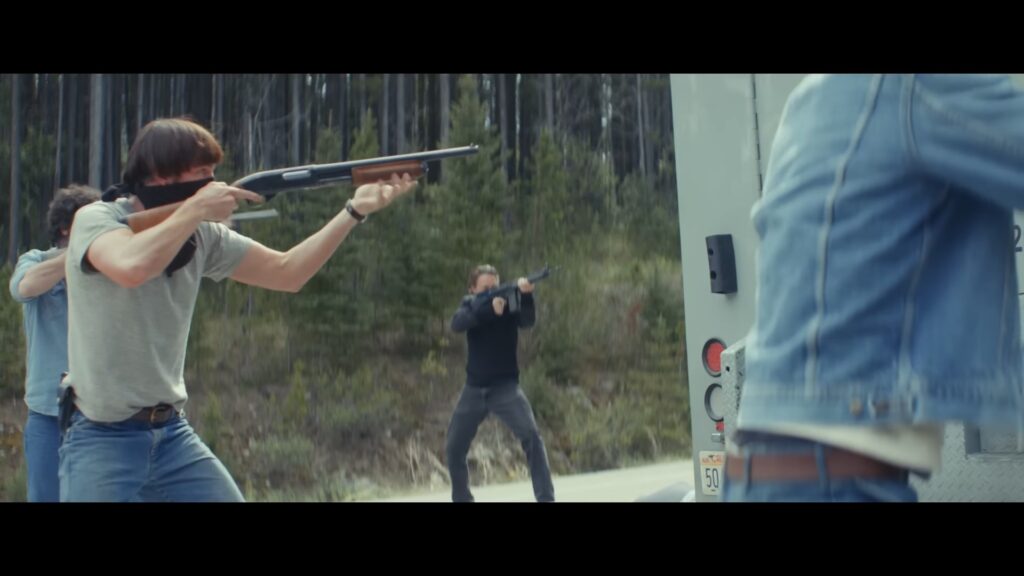
The Order begins with a less-than-thrilling bank heist scene. Matthews and his crew are bumbling and slow in their successful robbery attempt even though they explode a dye pack on their way out. This opening scene shouldn’t scare off viewers as the tension and precision of the heists elevate with each subsequent act.
The first act ends with a thrilling simultaneous bank heist and theater bombing perpetrated by The Order. Cinematographer Adam Arkapaw captures the scene beautifully, highlighting the group’s newly learned skills and the threat of The Order. The film continues to up the stakes by adding bigger and grander heists, all captured and shot beautifully. It takes a long beat before the action in this film starts but once it does The Order begins to take shape into the competent crime thriller the trailer promised.
The Turner Diaries
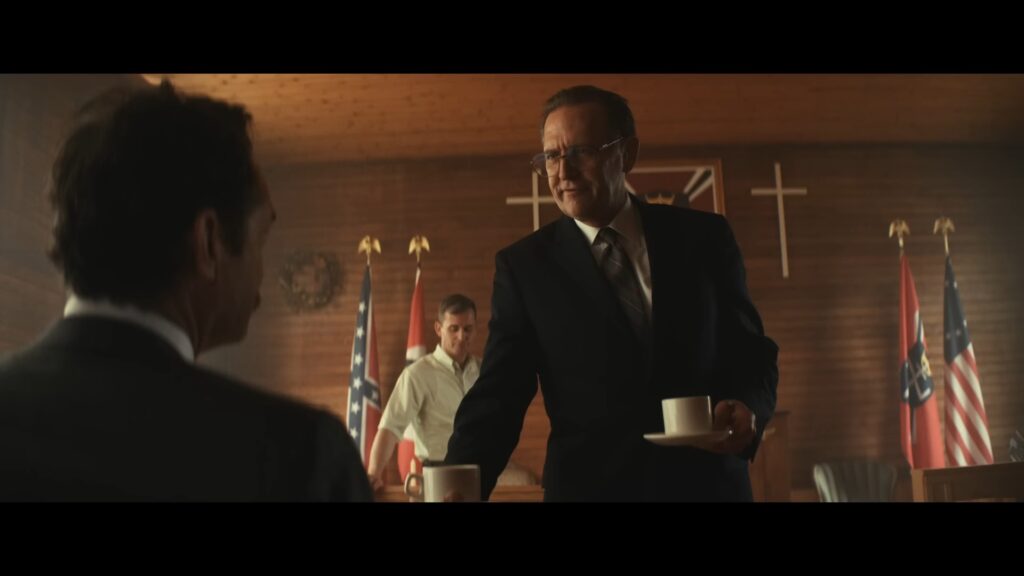
The Order suffers most when it tries to shoehorn in all the real-world complexities of the true story. This is based on real-life events, but whenever the film ventures into the ethos and doctrine of The Order, the film starts to feel like a Rachel Maddow segment instead of a crime thriller.
It’s a shame because the ideology of the hate group is fascinating and sensational. The scenes where their doctrine is outlined are just portrayed in the most boring way possible. They’re told mainly through either exposition dumps with officers or in the halls of their hate-filled church sermons. Some quick action cuts or interesting montages could have helped bring gravitas to their dangerous religion, but instead, we learn almost everything through officers reading books to each other.
Hunting
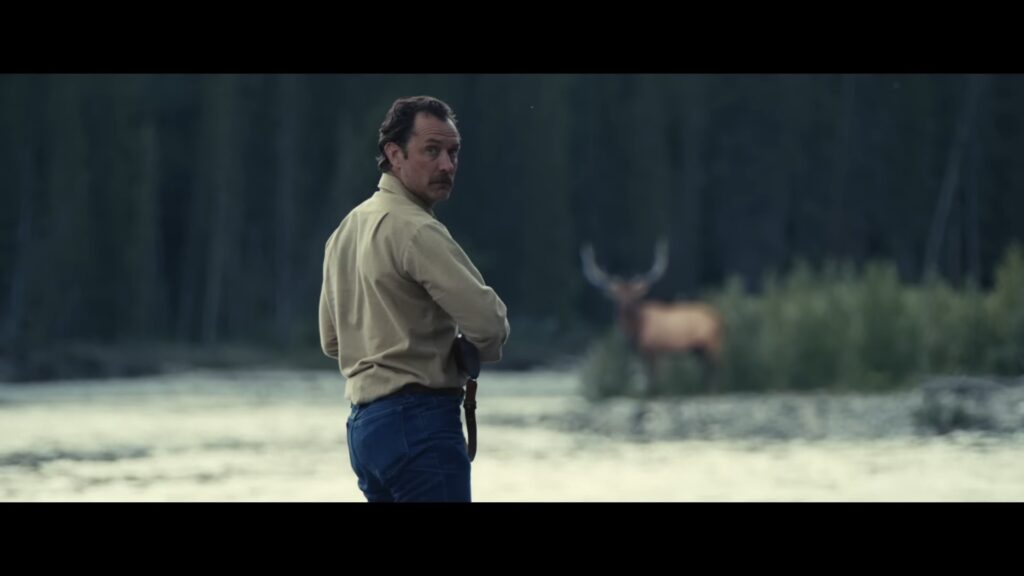
The Order relies strongly on the theme of the hunter and the hunted. It’s a powerful theme but one that oversaturates the film a bit. An early scene shows Jude Law as Agent Husk hunting for large game while Matthews tracks right behind him. It’s an interesting idea but one that didn’t need to be portrayed so blatantly on screen. The Terry Husk character already has enough backstory going on. Adding in his off-work hunting trips feels like overkill that only slows the story.
A more interesting theme that is less explored here is the ends justifying the means. Both characters, Husk and Matthews, go to extreme lengths for their work. Both sacrifice their personal lives in pursuit of professional gain. Matthews’s pursuit is linked to his ideological beliefs but Husk’s is never really explored. Jude Law expertly plays the role, but there is not enough exposition or backstory to give an idea of what he is fighting for. We just see an FBI Agent with a drinking problem and issues at home but never any motivation for his actions. It’s just a pile-on of police cliches with no motivation behind them.
Defeat Never
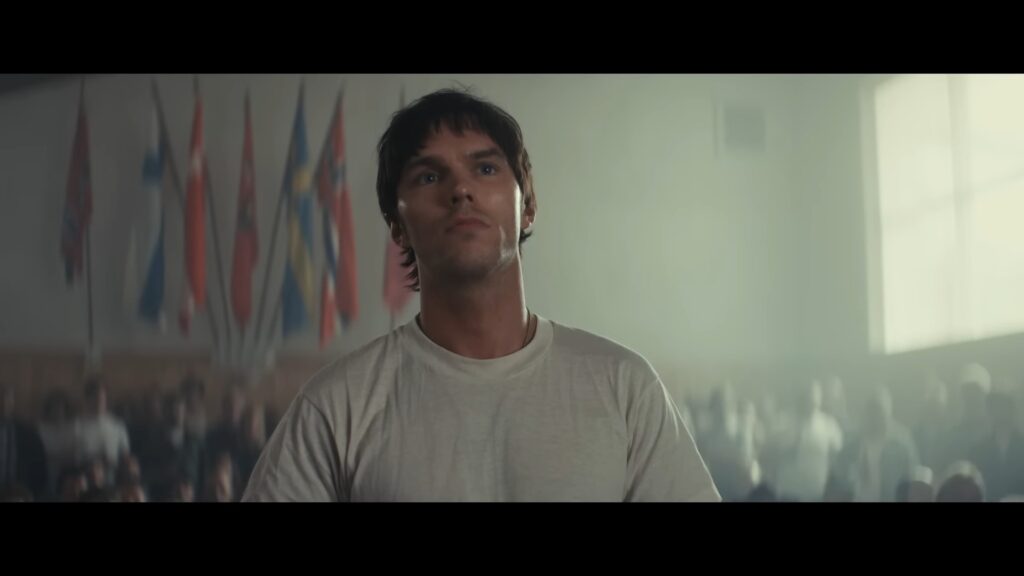
The film ends in a dramatic fashion by dramatizing the real-life end of Bob Matthews. It’s a visually striking scene and one again that’s shot with expert precision. Each act culminates in a big action scene and they are all the reason for watching The Order.
The film’s source material, The Silent Brotherhood, may give a more accurate story of Bob Matthews and his hate group terrorist organization, but The Order is best as a crime thriller. The cinematography and action sequences are the true standout of this film. Adam Arhapaw shows off some serious skill even inside a film that runs a little slow with too many exposition dumps.




